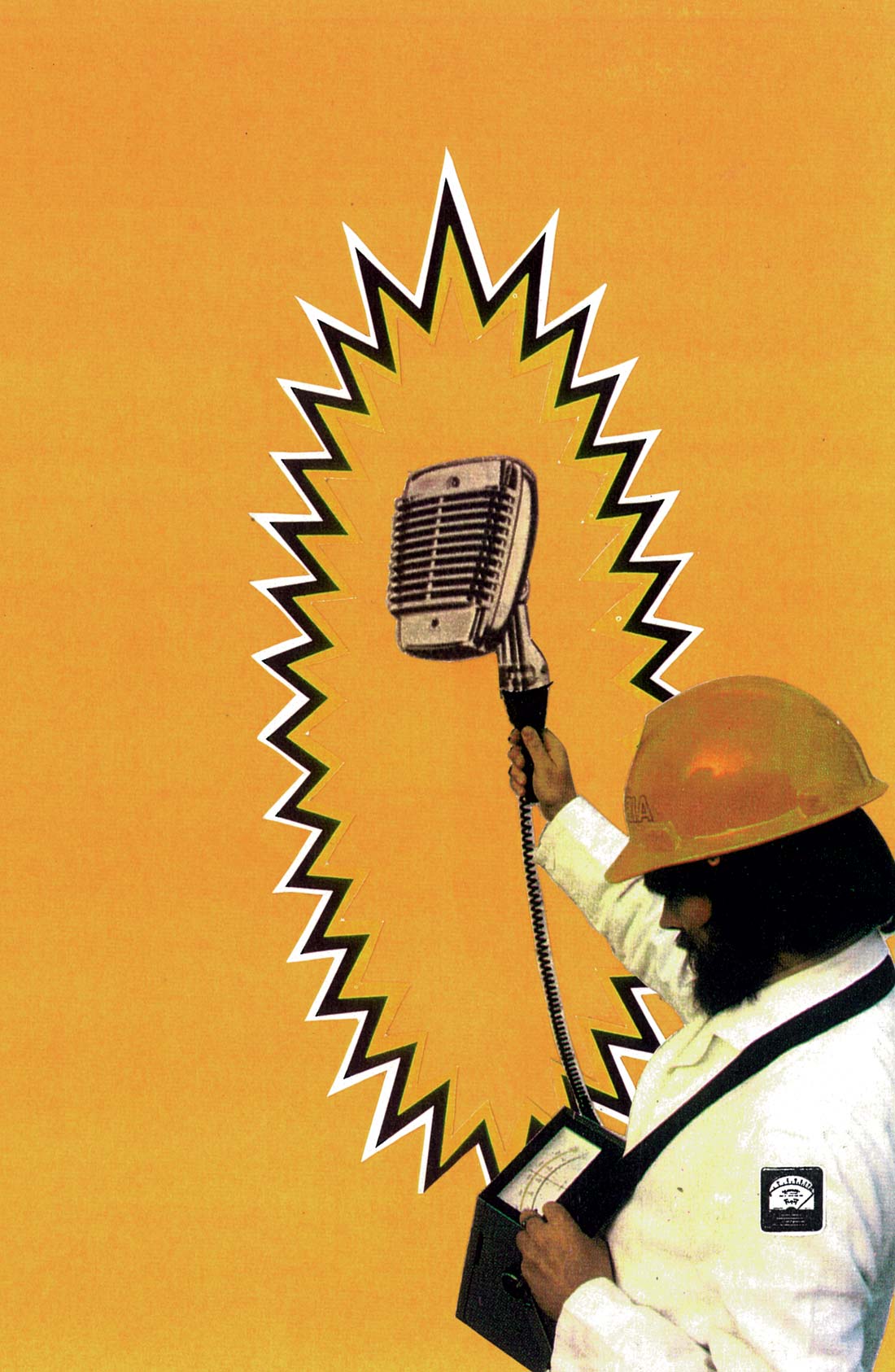First off, this unassuming one rack-space unit did not look capable of performing what the manual had written for performance capabilities. The unit, from Sound Performance Lab, is the Transient Designer model 9842, a dynamic processor for signal attack and sustain. At first glance it looks very plain with only eight knobs on front, but with what these knobs could do I see no reason to add any other features to this unit. The Transient Designer has 4 channels which are stereo link- able, with balanced XLR input and output. The two knobs on front are the attack and sustain controls. The deal on the attack knob is that when an input level transient is detected, two envelope generators go to work. The first envelope generator produces an attack level equal to the original value and the second envelope generator produces a level with a smoother attack transient, my guess being almost instantly after the threshold is broken not at the peak as with the first generator. This difference in levels is then translated to VCA control voltage, which the knobs on front directly affect. Positive numbers make for a sharper attack and negative numbers for the slower smoother attack transient effect. The same two-envelope principle goes for the sustain knob as well, providing different sustain durations on the signal. I hooked up the device on the insert of a sampled kick channel on the console. As soon as I pressed the active button it was "on". I had put the sustain button to zero and adjusted the attack knob to +6 and immediately I heard the difference. It was a new kick with a much punchier attack without that noticeable compression sound you sometimes get when trying to adjust a kick sound that isn't quite right. Just to be sure I had a live trumpet player play while I inserted the Transient Designer across the insert. I had set the sustain for +6 and the attack at a negative setting of -6 this time. The effect was interesting it had smoothed out some of the harshness of the room and rounded out the decaying notes. This is going to be a unique addition to my gear. I can definitely see how this would be a very useful piece of gear, from sampled kicks that need a little life to just making your live horns a little more interesting on the track. I wished I had more time to use this great piece but unfortunately I had to return the demo. I will have to go out and add on to my rack as soon as soon as I can. (www.soundperformancelab.com)
Dynamics, Plug-Ins | No. 127
SigMod Plug-In
by Andy Hong
My new favorite plug-in, SigMod, is a routing toolbox with various "modules"– Mono, Trim, Phase, DC Offset, Mute/Solo, Switch, Tap, Delay, Mid/Side, Crossover, and Protect– that you can...




_disp_horizontal_bw.jpg)